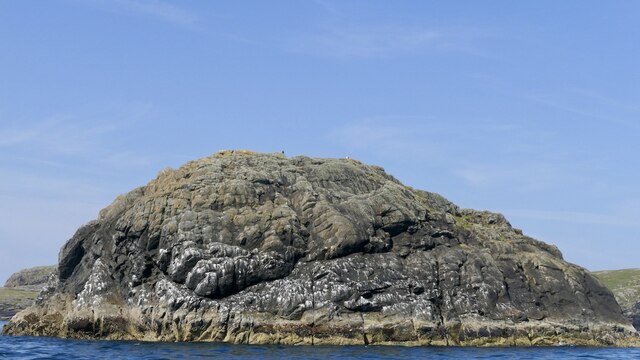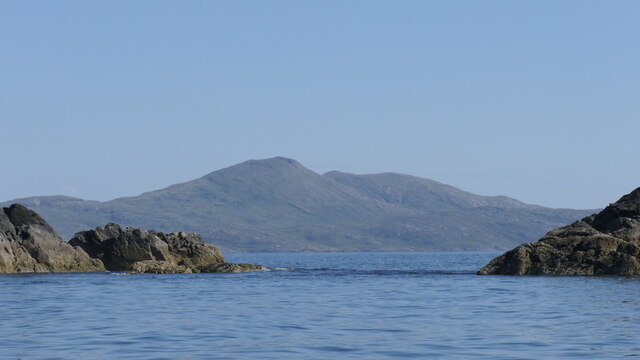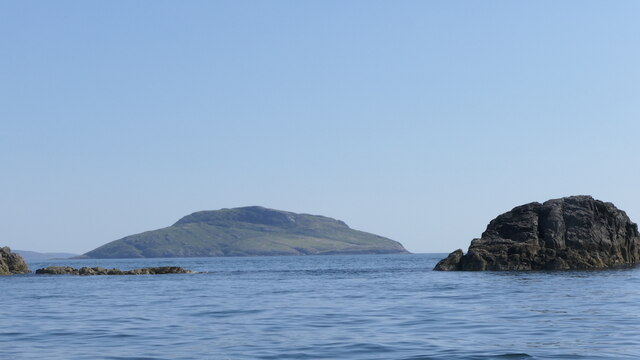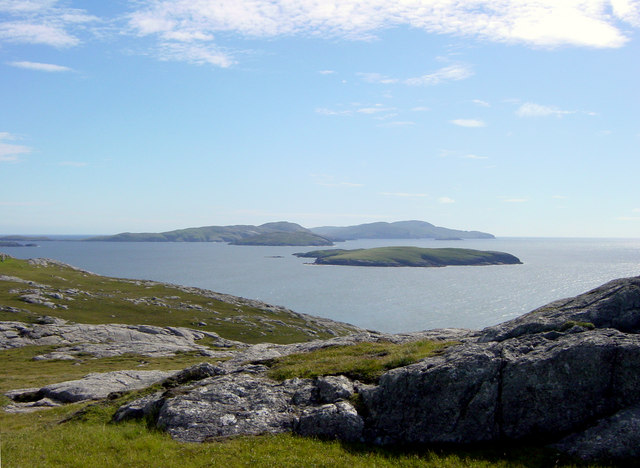Àird Phabach
Coastal Feature, Headland, Point in Inverness-shire
Scotland
Àird Phabach
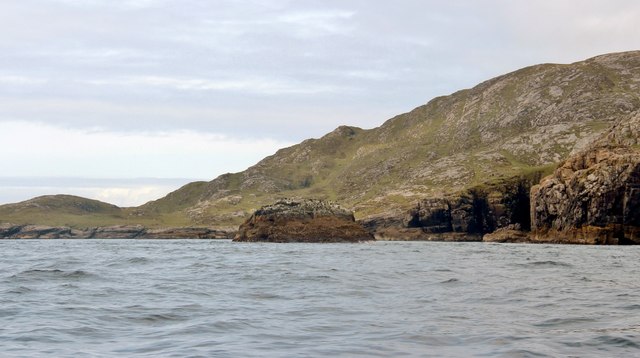
Àird Phabach is a captivating coastal feature located in Inverness-shire, Scotland. Situated on the western coast, this headland stands proudly overlooking the North Atlantic Ocean. With its dramatic cliffs and stunning panoramic views, it serves as a popular destination for nature enthusiasts and tourists alike.
The headland of Àird Phabach juts out into the ocean, forming a distinctive point that offers breathtaking vistas of the surrounding landscape. Its elevated position provides unobstructed views of the sea, allowing visitors to witness the raw power of the crashing waves and the endless expanse of the horizon.
The cliffs of Àird Phabach are a prominent feature of the headland, characterized by their rugged and imposing nature. These cliffs are composed of sedimentary rocks, showcasing layers of different geological formations, which are of great interest to geologists and rock enthusiasts. The sheer height of the cliffs, combined with the constant erosion caused by the sea, creates a mesmerizing sight and emphasizes the raw beauty of this coastal landmark.
The area surrounding Àird Phabach is rich in flora and fauna. The headland is home to a variety of seabirds, including guillemots, puffins, and gannets, which nest and thrive on the cliffs. The coastal waters are also teeming with marine life, attracting seals, dolphins, and occasionally, even whales.
Accessible via a coastal path, Àird Phabach offers a unique opportunity to immerse oneself in the natural beauty of the Scottish coastline. Whether it is for birdwatching, photography, or simply enjoying a peaceful walk along the shoreline, this headland is a must-visit destination for those seeking a memorable coastal experience.
If you have any feedback on the listing, please let us know in the comments section below.
Àird Phabach Images
Images are sourced within 2km of 56.881991/-7.5177804 or Grid Reference NL6490. Thanks to Geograph Open Source API. All images are credited.
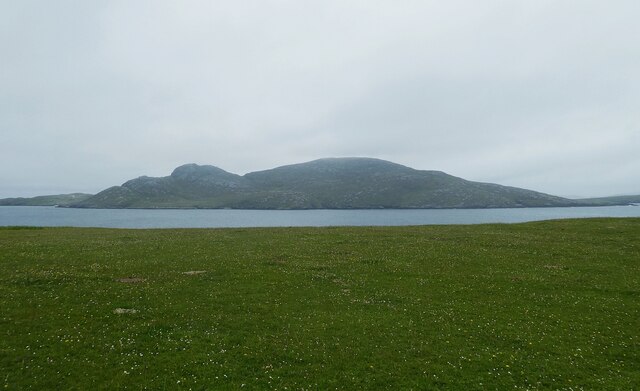
Àird Phabach is located at Grid Ref: NL6490 (Lat: 56.881991, Lng: -7.5177804)
Unitary Authority: Na h-Eileanan an Iar
Police Authority: Highlands and Islands
What 3 Words
///presented.spun.continues. Near CastleBay, Na h-Eileanan Siar
Nearby Locations
Related Wikis
Sandray
Sandray (Scottish Gaelic: Sanndraigh) is one of the Barra Isles in the Outer Hebrides of Scotland. It never had a large population, and has been uninhabited...
Flodday near Vatersay
Flodday (Scottish Gaelic: Flodaigh) is an uninhabited island, south west of Barra in the Western Islands of Scotland. == Geography and geology == Flodday...
Lingeigh
Lingeigh or Lingay is an unpopulated islet in the Outer Hebrides. It lies towards the southern end of the archipelago, just north of Pabbay and five kilometres...
Pabbay, Barra Isles
Pabbay (Scottish Gaelic: Pabaigh) is one of the Barra Isles at the southern tip of the Outer Hebrides of Scotland. The name comes from Papey, which is...
Have you been to Àird Phabach?
Leave your review of Àird Phabach below (or comments, questions and feedback).

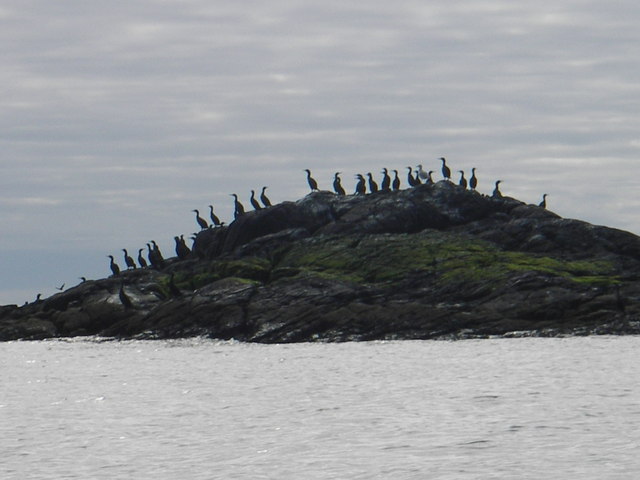
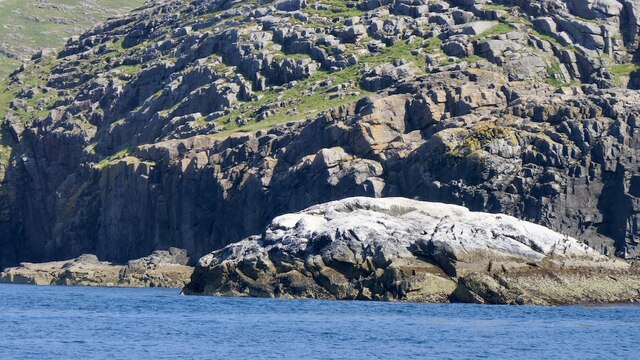
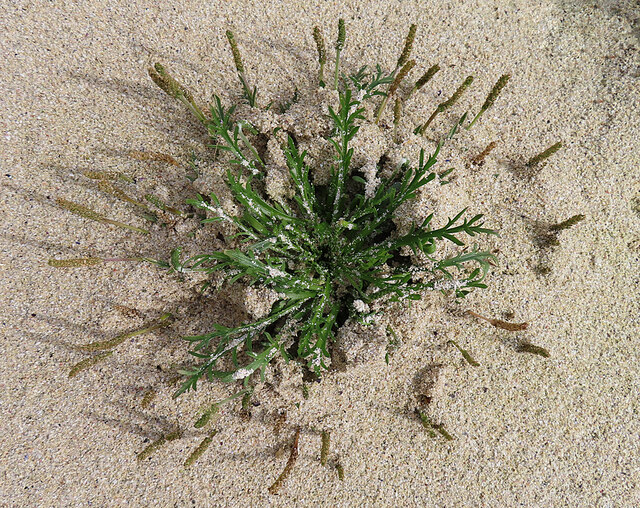
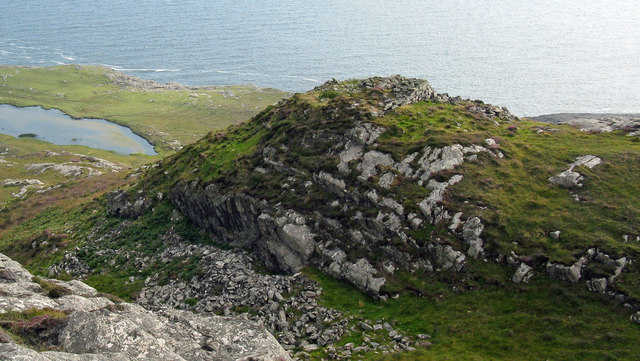
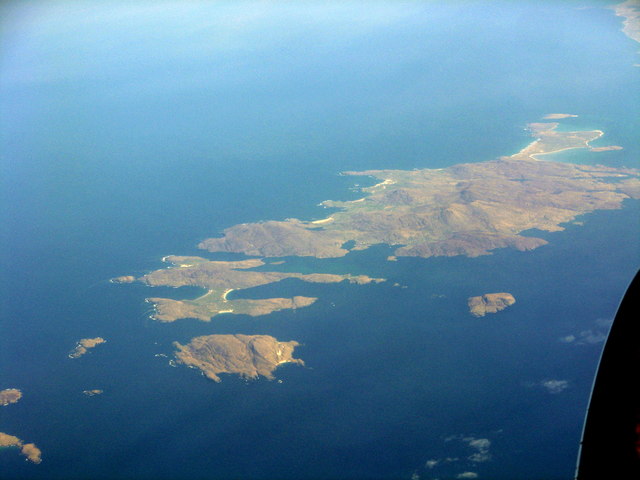
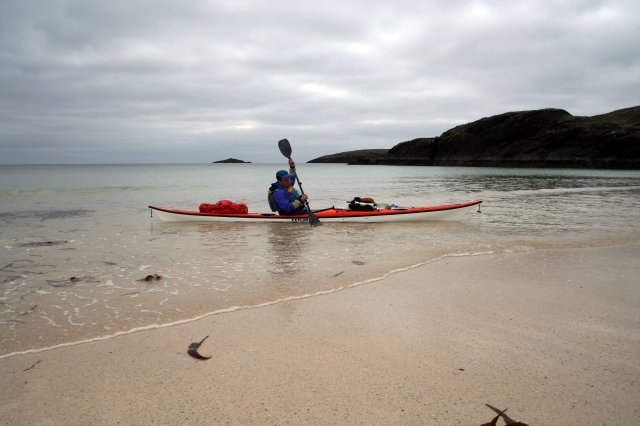
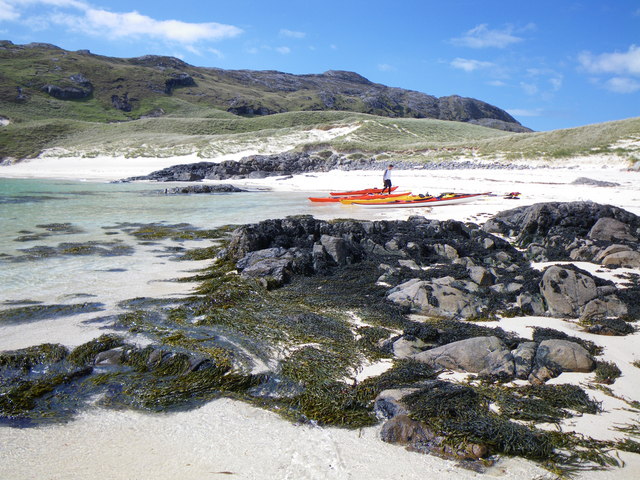
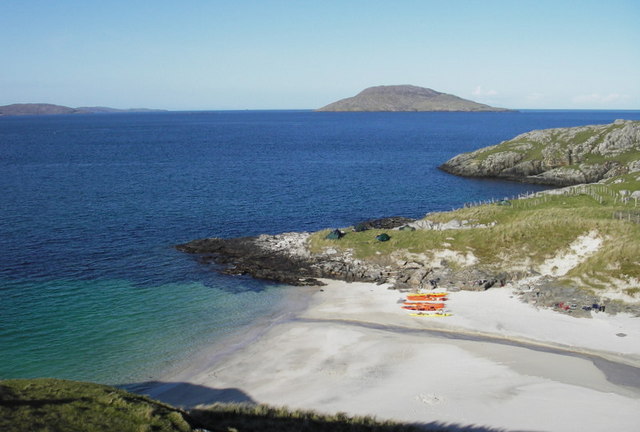
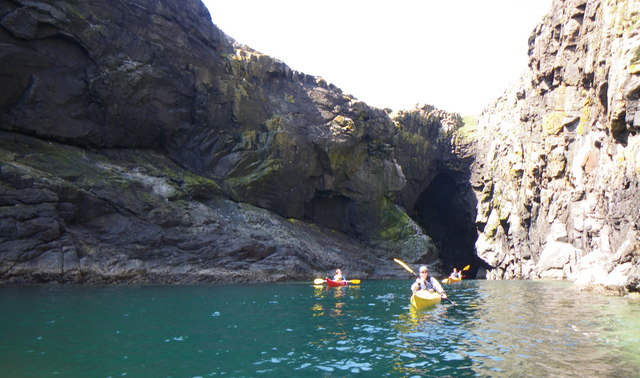

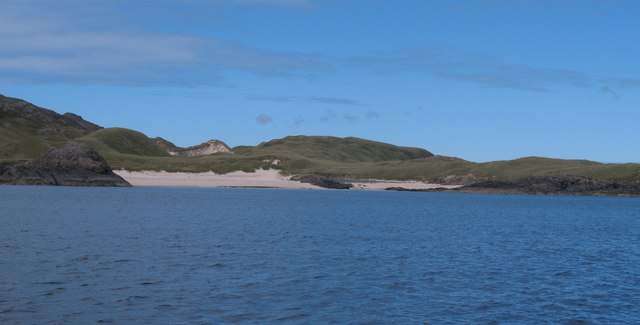
![Squeezing past Eilean Mor The OS 1:50000 map hardly shows a gap here, but Donald MacLeod's boat sails safely through the narrow channel. To the right are the rocks of Eilean Mor [Big Island], hardly an appropriate name for a lump of rock barely more than 100m long.](https://s3.geograph.org.uk/geophotos/02/06/39/2063979_e3924032.jpg)
